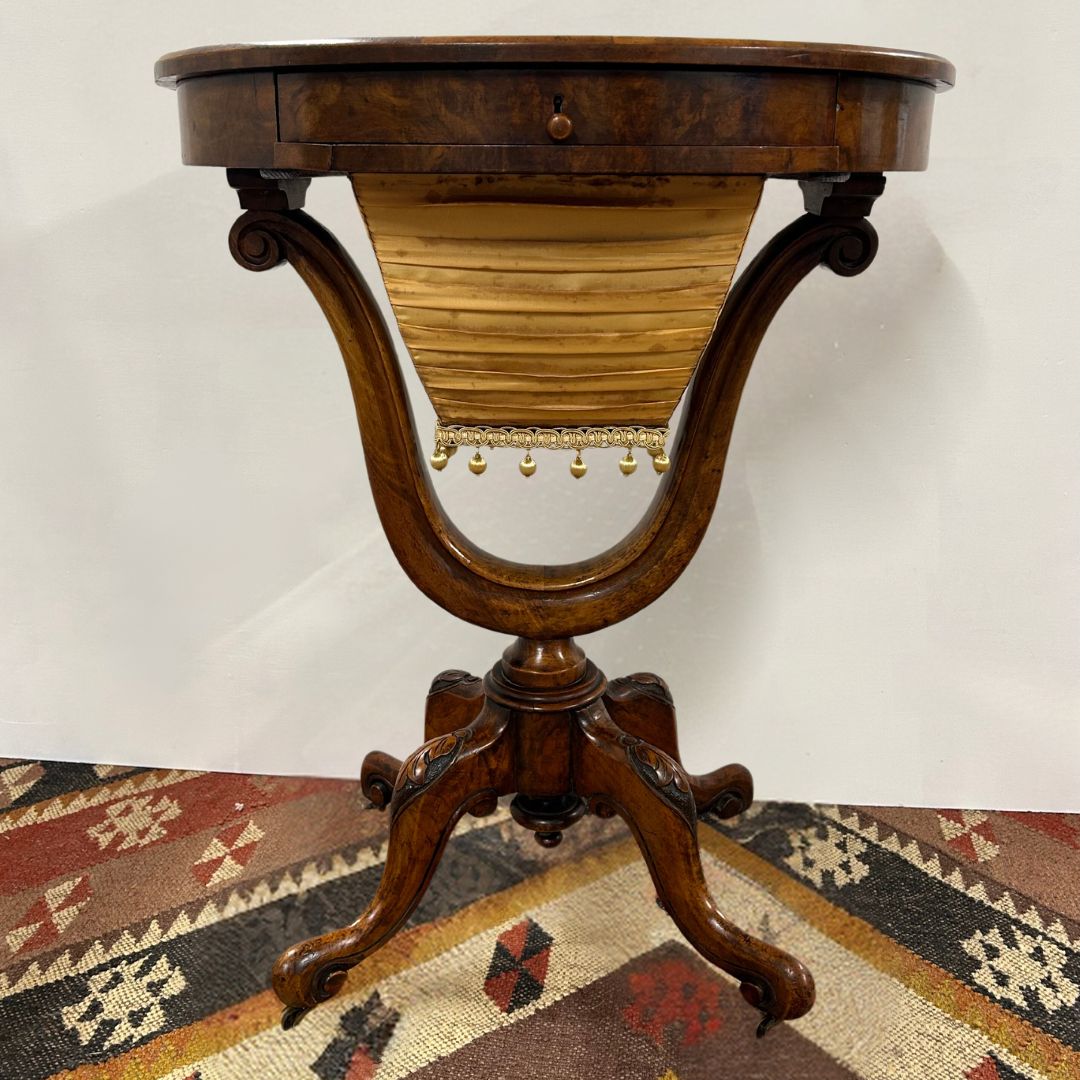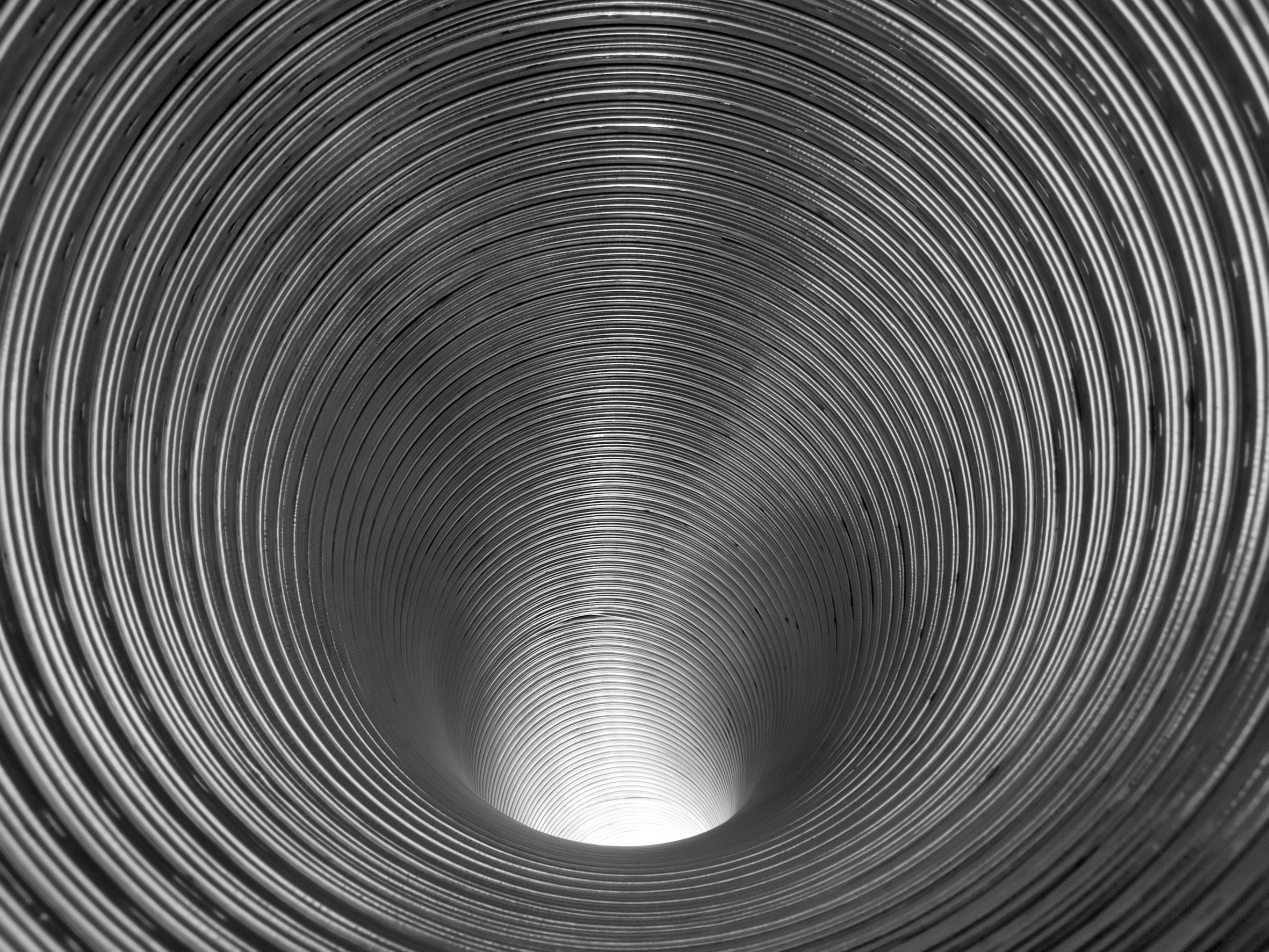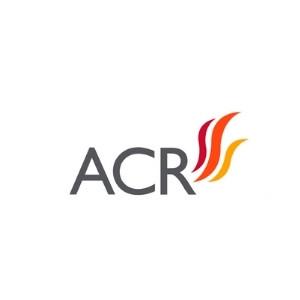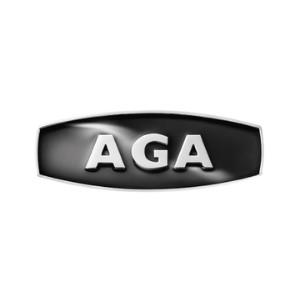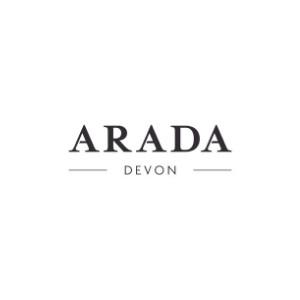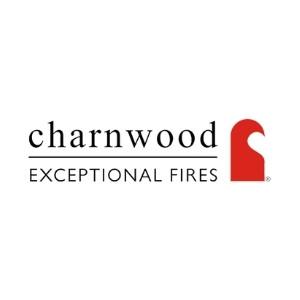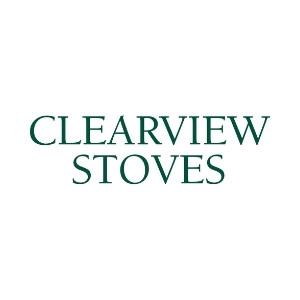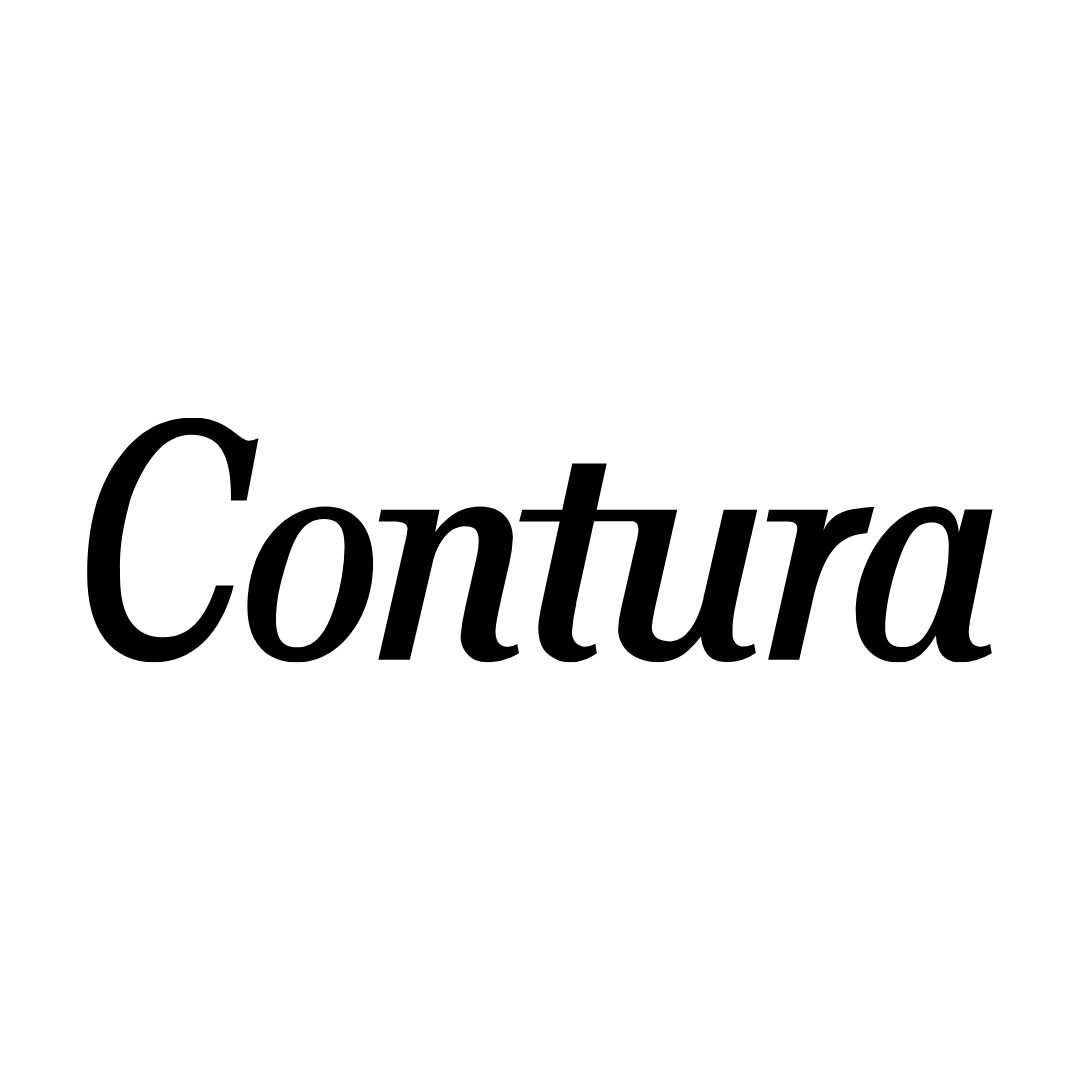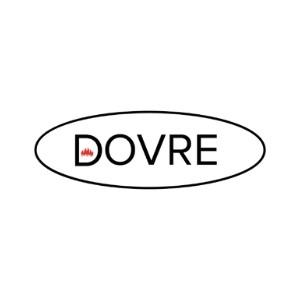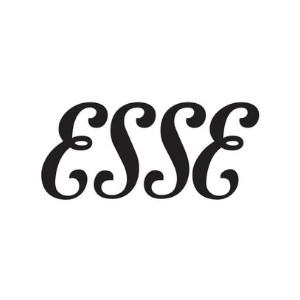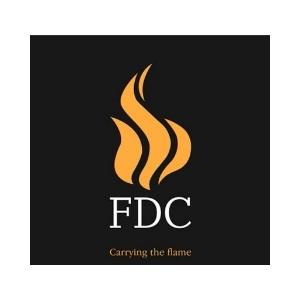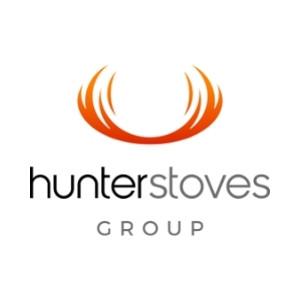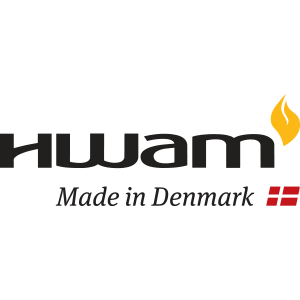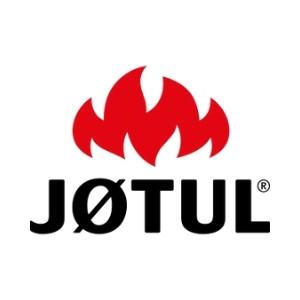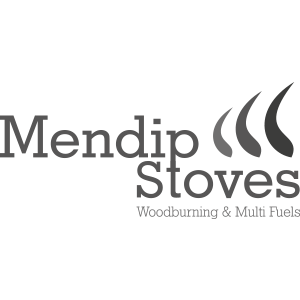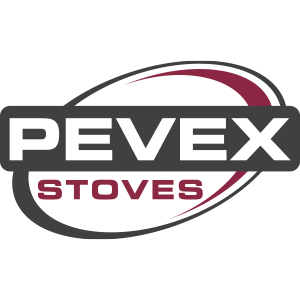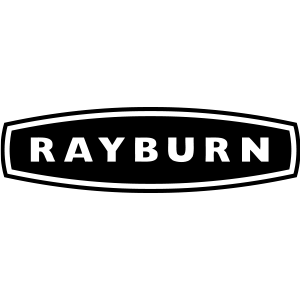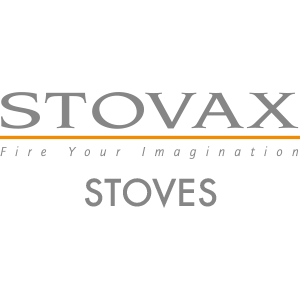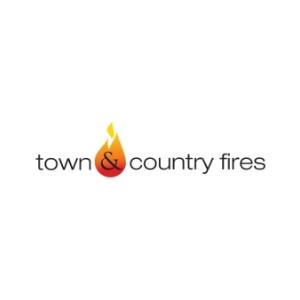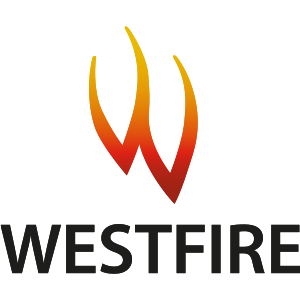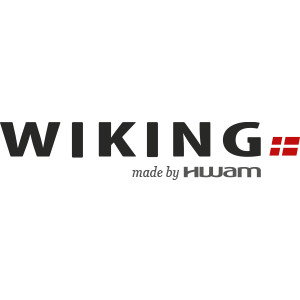The answer to this is often yes.
Chimneys are lined for various safety-related reasons – newer chimneys may not require relining, but systems pre-dating 1965 often require a modern lining solution if:
- The flue has lost integrity, causing smoke leaks
- Condensates or tar deposits are seeping through the chimney, causing staining to the building
- Lining with insulation needs to be added to improve appliance & flue operation, especially when the chimney is exposed to the outdoors on any of its walls
- Defective flue systems may be eroded & coarse, causing resistance to flow of gases & resulting in poor updraught
- Larger chimneys/flues may affect appliance performance and require reduction in size. Some manufacturers specify smaller flues to operate more efficiently
A chimney needs to remove all combustion products safely to the outside of the building. It works because the hot gases rise to escape to the cooler air outside. Factors such as running the appliance at a very slow rate or cold air leaking into the flue cool the gases and may affect chimney performance.
Lining Systems can replace flues in existing chimneys. Insulation may need to be added or integrated to improve draught efficiency – particularly for external situations. It is recommended that you use a HETAS Registered Installer to carry out any lining work. Although Building Regulations do not require all existing chimneys to be lined, the installer must be satisfied a chimney is safe for use and may need to use a liner to achieve this.
Any work on a chimney, including its liner, in conjunction with installing a heating appliance must be undertaken by a Competent Person or approved by your local Building Control by law. Any fireplace alteration carried out to make it suitable for use with another fuel e.g. gas to solid fuel is subject to Building Regulations. For more information, contact us or visit the HETAS website www.hetas.co.uk

